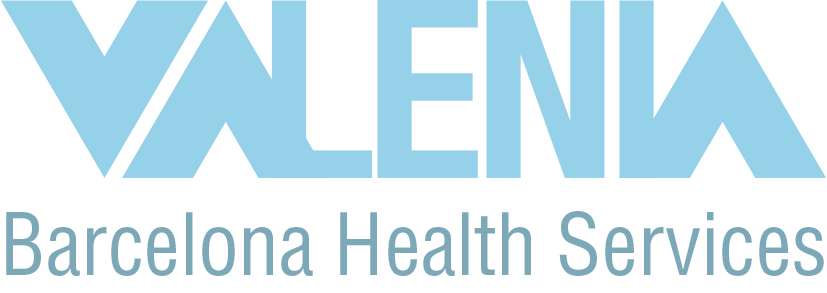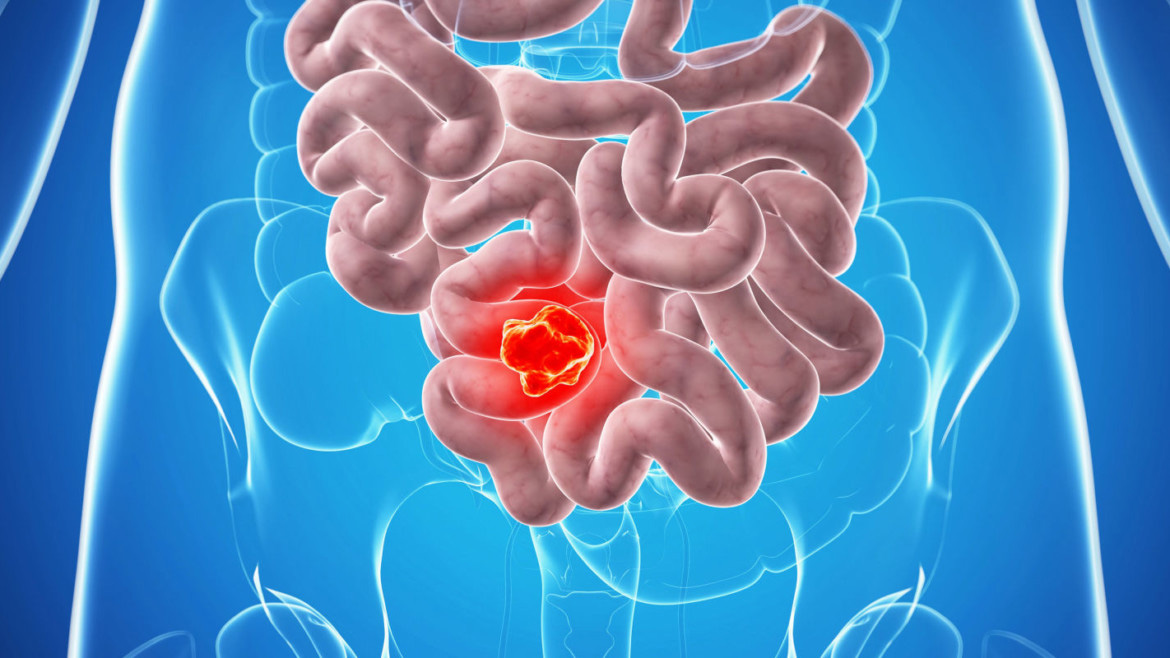The most effective treatment of the digestive cancer lays in its prevention.
The great importance of prevention includes the early detection of lesions in pre-malignant state by performing an Oesophagogastroduodenoscopy (study of the upper digestive tract) and a Colonoscopy (lower digestive tract).
The endoscopic studies are basic to prevent its emergence, being fundamental procedures to diagnose and treat most of the premalignant digestive lesions.
Oesophagus-stomach cancer. Oesophagogastroscopy
The upper digestive Endoscopy (also known as oral panendoscopy, oesophagogastroduodenoscopy, gastroscopy o videogastroscopy), is a technique that allows to explore the upper digestive system (from the mouth down to the second duodenal portion).
It is a greatly useful technique to detect any organic alteration that could exist since the beginning of the oesophagus down to the second portion of the duodenum: Oesophagitis, Hiatal Hernia, Gastritis, Ulcers at different levels or different Swellings.
It is important to bear in mind the digestive alarm symptoms in order to have recourse to a Service specialized in Digestive System that may individually assess each situation.
Colon cancer. Colonoscopy
Presently, the Colon Cancer affects a high rate of the population of our country, being the first commoner cancer among women and men.
Why is the Prevention of the Colon Cancer so important?
Many people having Colon Cancer do not show any sign or symptom during the first stages of the disease. To prevent its development, it is necessary to take preventing measures such as carrying out a periodical Colonoscopy (essential for the early diagnose and treatment of this pathology).
Clínica ServiDigest, specialists in the Colon Cancer Prevention
Of all the diagnose methods, the most sensitive and specific test to determine any colon disease is the full Colonoscopy as, in addition to allow a full, complete and direct vision of the bowel, it allows to complement the study with diagnose (biopsies) and therapeutic techniques (extracting polyps, clotting lesions, placing prosthesis, dilating zones having lost the gauge…) in the same act, with an approximately 100% sensitivity and specificity.

